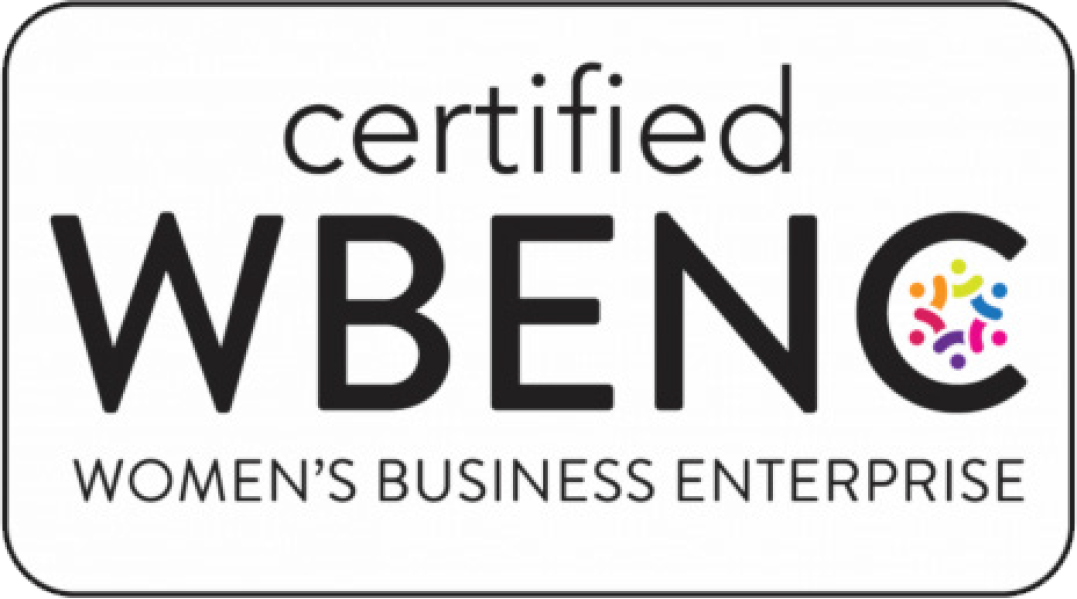In my second installment of The Marketing Curmudgeon series, I “investigate” brand voice. Which is to say, I take it for what it really is: just one component in a brand’s marketing effort. Sometimes it’s an important component requiring a certain amount of attention—and quite often it’s just no big deal.
Brand voice…no big deal? Let’s see if I can justify this apparent heresy.
I’ll put it this way: placing too much importance on engineering every little aspect of your brand’s voice—by which I mean the language and written style you employ to create an attitude or persona—can lead to results that sound stilted and static, if not schizophrenic. And when you consider the quick scan-and-click pace of the marketplace, its multiplicity of channels and potential audiences, the gospel of One True Brand Voice feels downright burdensome—and very difficult to maintain.
Over at his blog Storyneedle, Michael Andrews, a content strategist with a certain intellectual weight about him, has argued that some brands need more than one voice. Cleaving to one consistent voice only for consistency’s sake is potentially counterproductive, especially for those brands with those multiple audiences and purposes. Another way I’ve heard this put is that a brand will indeed have one voice but different tones for different audiences. (What have you. At some point, as is not uncommon in our industry, a fairly straightforward process is subjugated beneath the tyranny of semantics and jargon. Just get on with it already.)
However you choose to define it, the voice you employ should be engaging and authentic. Often brand voice is nothing more than your natural way of communicating your product or service—an approach with real merit in a marketing environment where authenticity rules the day. Or it’s a direct reflection of your product without any extra noise. Think about Apple’s brand voice, such as it is. Simple, quiet, clean, and confident, the Apple voice grows entirely from the elegance of its products.
Indeed, a lot depends on what it is you’re marketing. If it’s another sugary energy drink in an ocean of sugary energy drinks, you may have to try harder to contrive a personality-driven voice to set you apart and “cut through.” But if you have a solid, well-differentiated product or service, simply do no harm.
Cutting-edge companies like, say, Uber (or its competitor Lyft) don’t have to labor over brand voice—I see little to no difference in the so-called voice of those two brands, but so what? It’s the product doing the talking. Could one of these brands retool their voice to be more distinct and persona-driven? Of course. Would it boost revenues? Doubtful. Because, again, it’s the product that’s in the, well, driver’s seat.
Anyway, with certain brands there’s not much time or space to get all voice-crazy. Uber and Lyft live on their customers’ phones. On both companies’ websites, it’s all crispness and clarity. It’s the kind of brand language that is engaging solely because of its directness and simple, pleasing rhythms that let the product shine. You can argue that this is just another type of brand voice if you want, but really it’s just good writing.
But here’s the rub: voice or no voice, writing sharp, clear, engaging copy is harder than it appears. At the end of the day, I recommend hiring ONE good writer to learn about your brand and begin writing until something begins to gel. (Trying to engineer brand voice by clusterfu committee is like committing copy seppuku.) Maybe a distinct voice gets developed, and maybe it’s just writing that rings true to your brand and lets its real attributes come alive.
“Organizations are artificial entities,” says Andrews, “and need to be purposeful in how they coordinate their activities and communicate them. Without coordination, they seem chaotic; with too much coordination, they can appear robotic or artificial.” So yes, by all means, attend to your brand voice. Develop a certain style and structure for your communications to avoid that chaos, but try not to overbuild. Try not to pare back here and graft on there and fiddle and tweak and massage until you’ve birthed a tome: The Ultimate and Absolute Voice Standards and Communication Commandments for Our Brand, Volumes I – IV.
After all, the marketplace is fast, fluid, chaotic. You have to go with the flow and avoid the swirling eddy of blah-blah-blah. And to the extent that you can, be human and true when you communicate your brand. First trust your writer, then trust your ear and your heart. Voice or no voice, you can still make your brand sing.
In my second installment of The Marketing Curmudgeon series, I “investigate” brand voice. Which is to say, I take it for what it really is: just one component in a brand’s marketing effort. Sometimes it’s an important component requiring a certain amount of attention—and quite often it’s just no big deal.
Brand voice…no big deal? Let’s see if I can justify this apparent heresy.
I’ll put it this way: placing too much importance on engineering every little aspect of your brand’s voice—by which I mean the language and written style you employ to create an attitude or persona—can lead to results that sound stilted and static, if not schizophrenic. And when you consider the quick scan-and-click pace of the marketplace, its multiplicity of channels and potential audiences, the gospel of One True Brand Voice feels downright burdensome—and very difficult to maintain.
Over at his blog Storyneedle, Michael Andrews, a content strategist with a certain intellectual weight about him, has argued that some brands need more than one voice. Cleaving to one consistent voice only for consistency’s sake is potentially counterproductive, especially for those brands with those multiple audiences and purposes. Another way I’ve heard this put is that a brand will indeed have one voice but different tones for different audiences. (What have you. At some point, as is not uncommon in our industry, a fairly straightforward process is subjugated beneath the tyranny of semantics and jargon. Just get on with it already.)
However you choose to define it, the voice you employ should be engaging and authentic. Often brand voice is nothing more than your natural way of communicating your product or service—an approach with real merit in a marketing environment where authenticity rules the day. Or it’s a direct reflection of your product without any extra noise. Think about Apple’s brand voice, such as it is. Simple, quiet, clean, and confident, the Apple voice grows entirely from the elegance of its products.
Indeed, a lot depends on what it is you’re marketing. If it’s another sugary energy drink in an ocean of sugary energy drinks, you may have to try harder to contrive a personality-driven voice to set you apart and “cut through.” But if you have a solid, well-differentiated product or service, simply do no harm.
Cutting-edge companies like, say, Uber (or its competitor Lyft) don’t have to labor over brand voice—I see little to no difference in the so-called voice of those two brands, but so what? It’s the product doing the talking. Could one of these brands retool their voice to be more distinct and persona-driven? Of course. Would it boost revenues? Doubtful. Because, again, it’s the product that’s in the, well, driver’s seat.
Anyway, with certain brands there’s not much time or space to get all voice-crazy. Uber and Lyft live on their customers’ phones. On both companies’ websites, it’s all crispness and clarity. It’s the kind of brand language that is engaging solely because of its directness and simple, pleasing rhythms that let the product shine. You can argue that this is just another type of brand voice if you want, but really it’s just good writing.
But here’s the rub: voice or no voice, writing sharp, clear, engaging copy is harder than it appears. At the end of the day, I recommend hiring ONE good writer to learn about your brand and begin writing until something begins to gel. (Trying to engineer brand voice by clusterfu committee is like committing copy seppuku.) Maybe a distinct voice gets developed, and maybe it’s just writing that rings true to your brand and lets its real attributes come alive.
“Organizations are artificial entities,” says Andrews, “and need to be purposeful in how they coordinate their activities and communicate them. Without coordination, they seem chaotic; with too much coordination, they can appear robotic or artificial.” So yes, by all means, attend to your brand voice. Develop a certain style and structure for your communications to avoid that chaos, but try not to overbuild. Try not to pare back here and graft on there and fiddle and tweak and massage until you’ve birthed a tome: The Ultimate and Absolute Voice Standards and Communication Commandments for Our Brand, Volumes I – IV.
After all, the marketplace is fast, fluid, chaotic. You have to go with the flow and avoid the swirling eddy of blah-blah-blah. And to the extent that you can, be human and true when you communicate your brand. First trust your writer, then trust your ear and your heart. Voice or no voice, you can still make your brand sing.


